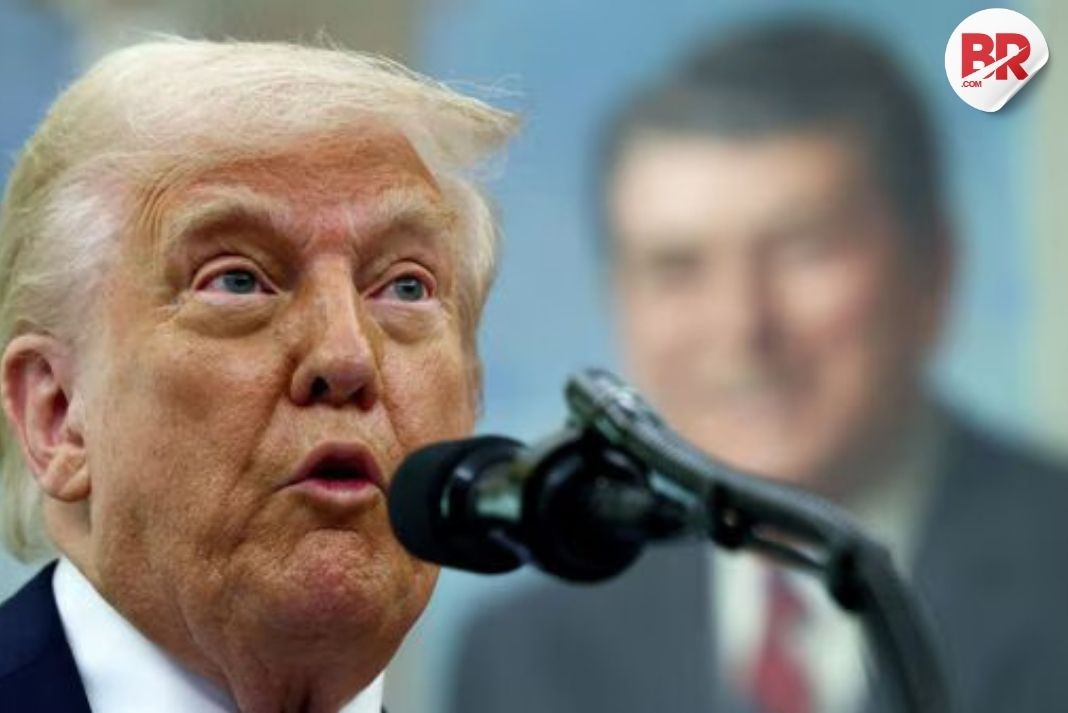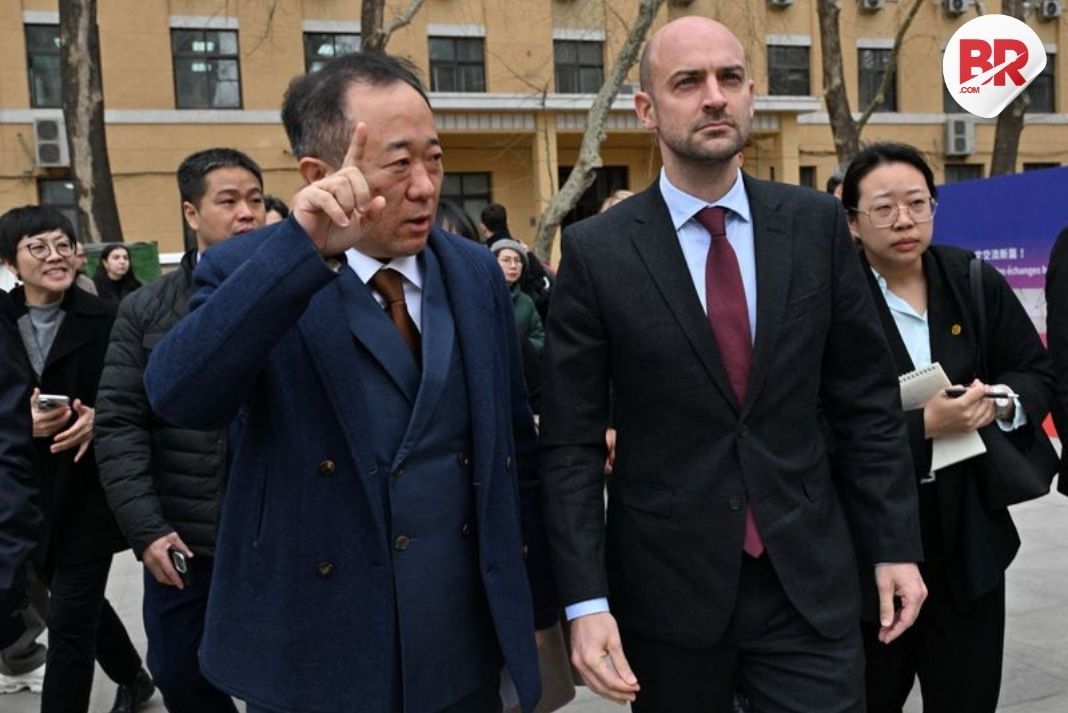
India and the United States are once again discussing a possible trade agreement. A US team, led by Assistant US Trade Representative Brendan Lynch, arrived in New Delhi on Wednesday to start negotiations. These talks are important because they could impact tariffs and overall trade relations between the two nations.
Why These Talks Matter
India and the US have been trying to resolve trade disputes and strengthen economic ties for years. However, progress has been slow due to disagreements over tariffs, market access, and trade policies. This visit by the US delegation is a step forward, but the outcome is still uncertain.

Read More: India Weighs Farm Tariff Cuts in High-Stakes U.S. Trade Deal – Farmers on Edge
Key Issues in the Discussions
The talks will focus on several key issues:
-
Tariff Exemptions – India wants the US to remove tariffs on goods like steel and aluminum, which were imposed under the Trump administration. Meanwhile, the US wants India to lower tariffs on American products such as agricultural goods and medical devices.
-
Market Access – The US is pushing for more access to Indian markets, especially in dairy, pharmaceuticals, and technology. However, India is cautious as it wants to protect its local industries.
-
Regulatory Barriers – Both sides have raised concerns about trade restrictions. The US feels India has strict trade rules, while India argues that the US also has barriers affecting its IT and services sector.
The Bigger Picture
India and the US have a strong trade relationship. The US is one of India’s biggest trading partners, and American companies rely on India’s market. However, trade tensions have increased in recent years, with both countries imposing tariffs on each other’s goods. The US has criticized India’s high tariffs and restrictive policies, while India has accused the US of unfair trade practices.
Also See: Your Next Car Could Cost $6,000 More—Blame Trump’s Tariffs
What’s at Stake?
A successful trade agreement could boost trade, increase investments, and improve economic relations between the two countries. It would also set an example for global trade cooperation.
However, if no deal is reached, tensions could rise, negatively affecting businesses and consumers in both nations.
What Happens Next?
Since the issues are complex, a final agreement is unlikely in this round of talks. However, both India and the US have shown a willingness to find common ground.
India may consider lowering tariffs on some goods, but only if the US also makes trade-friendly adjustments. In the coming days, both sides will need to negotiate carefully and find solutions that benefit both countries.
Also See: Investors Flee European Stocks Ahead of Trump’s April 2 Tariff Bomb
For now, all eyes are on New Delhi, waiting to see if these discussions will bring positive changes to India-US trade relations.












